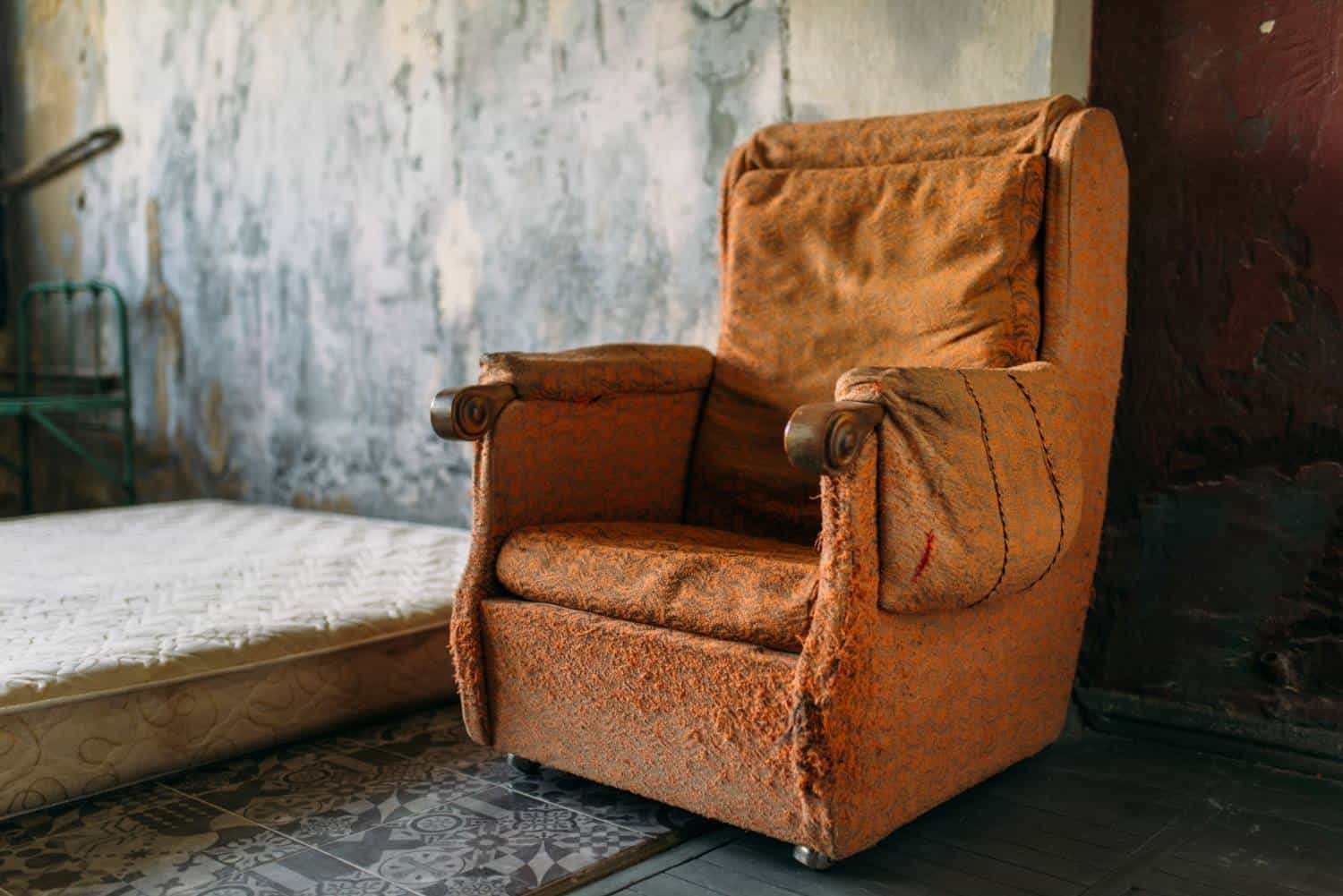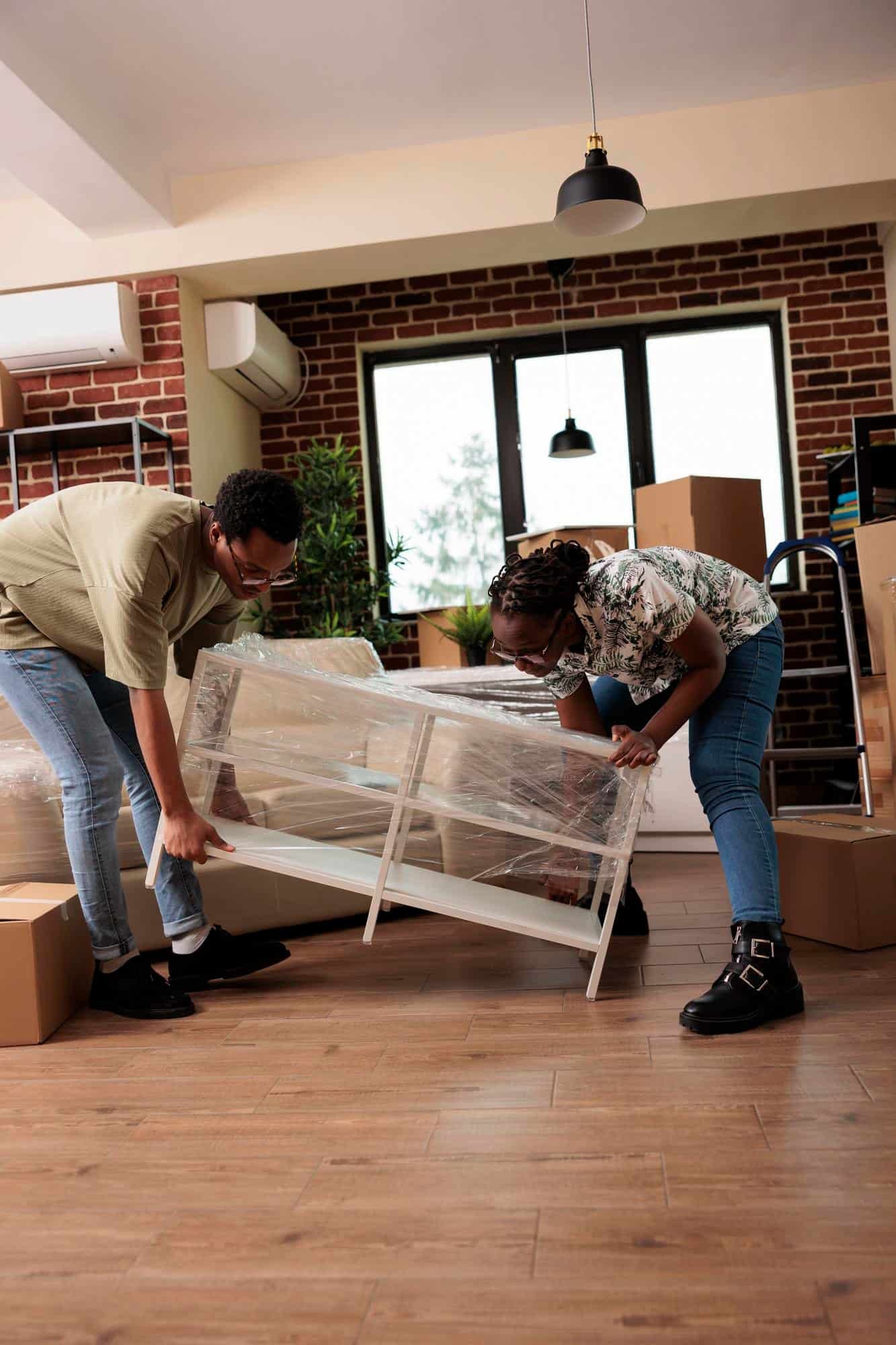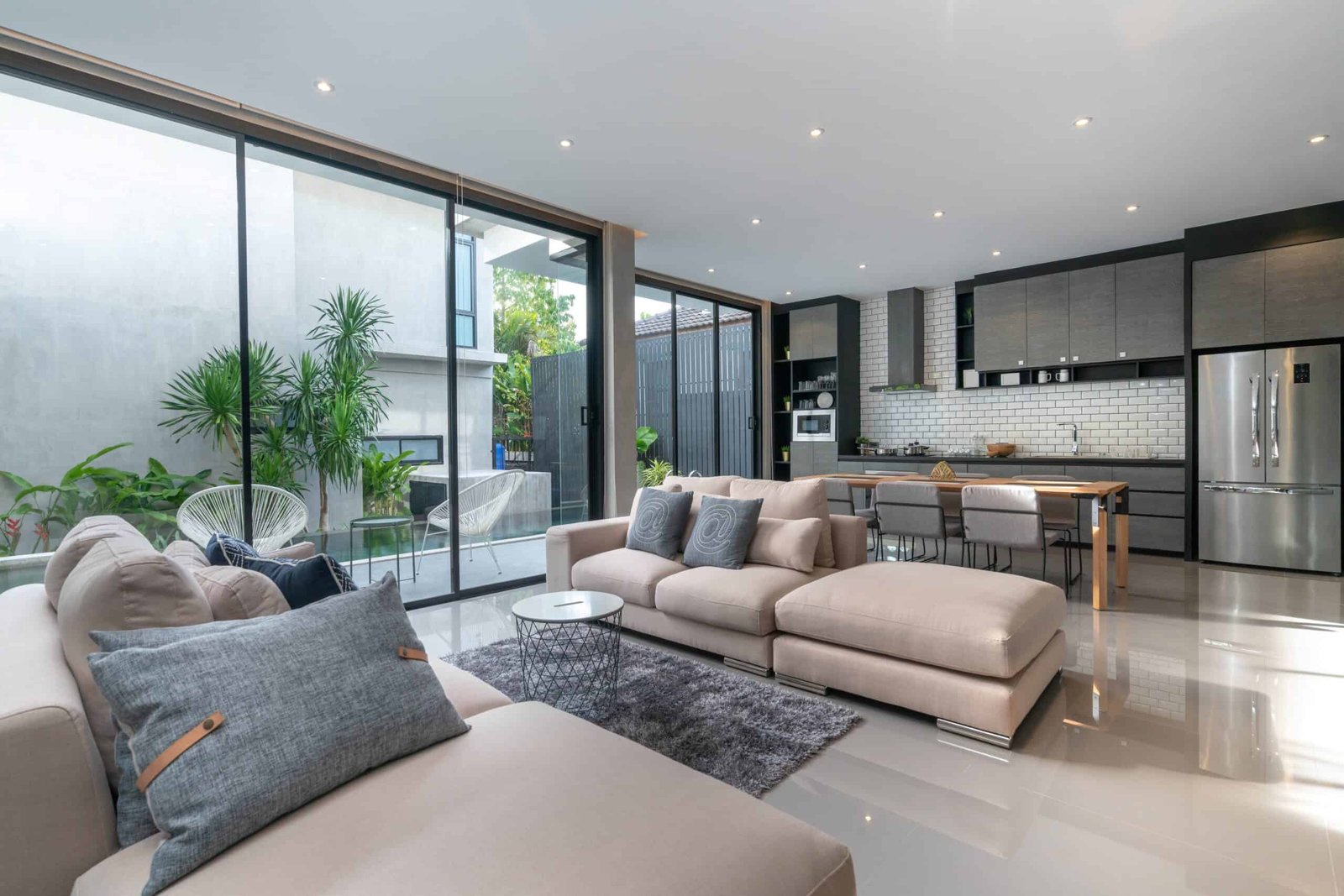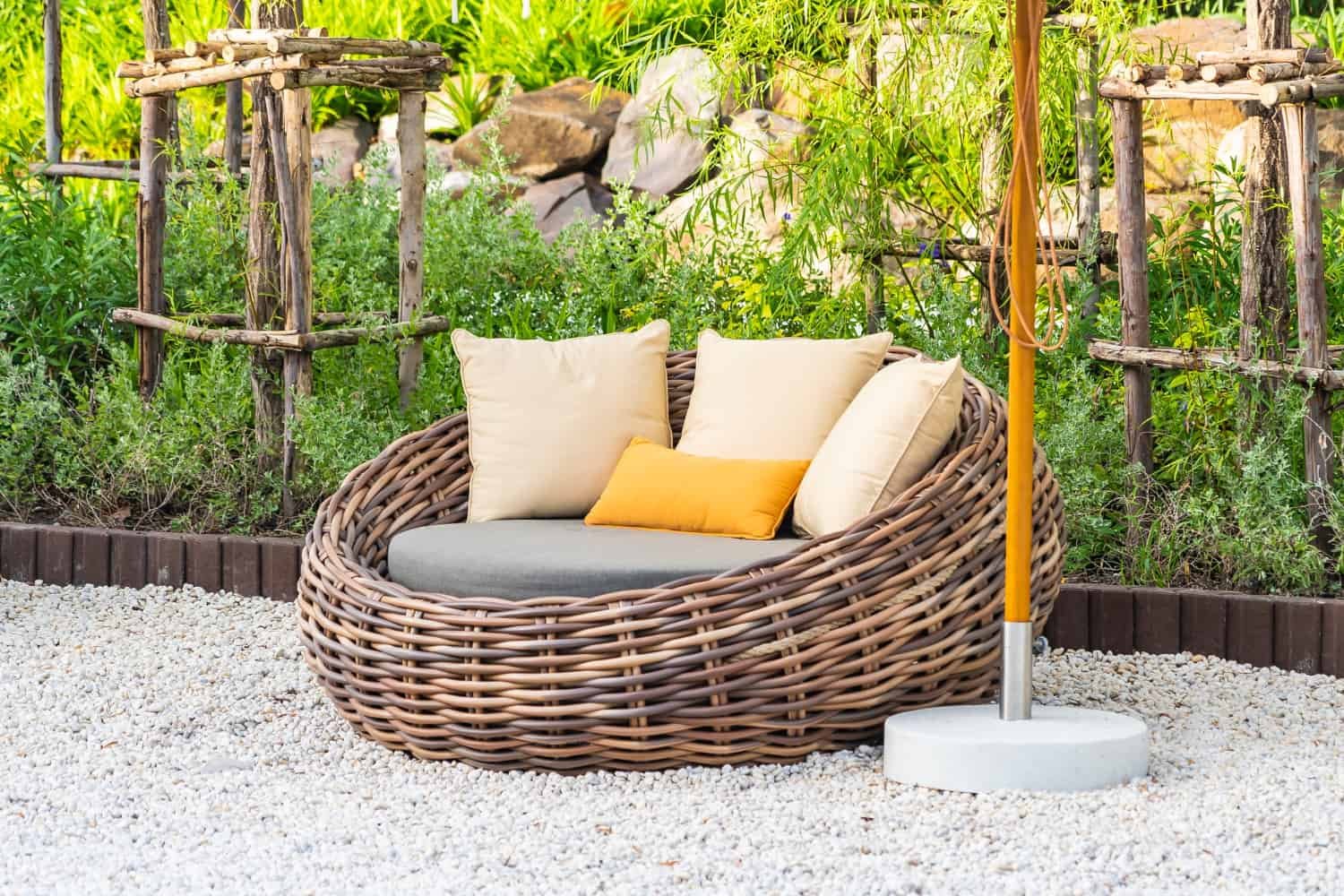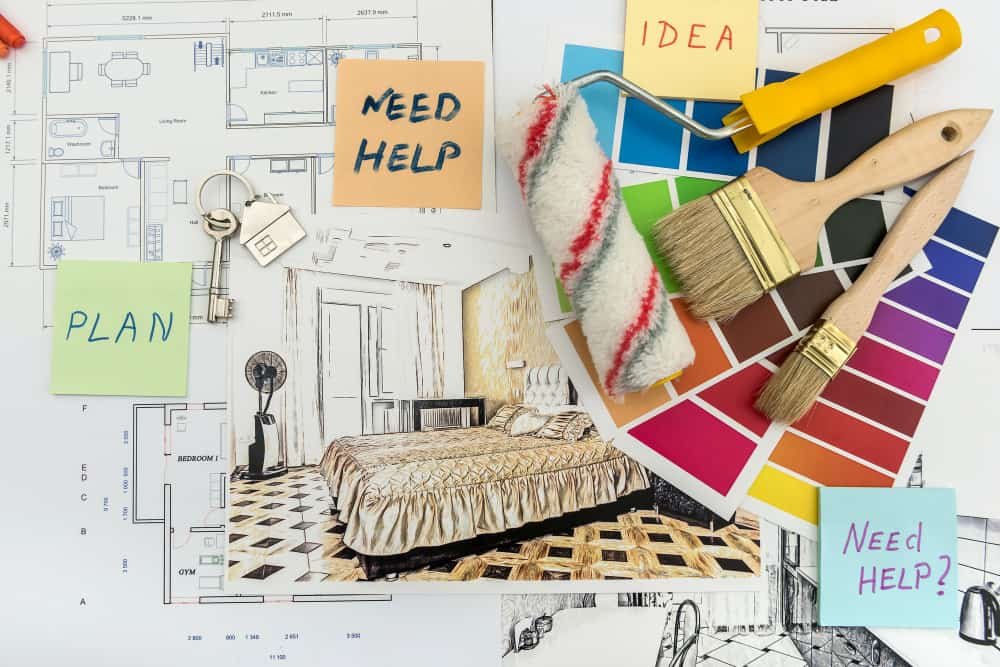
Disclaimer: As an Amazon Associate, “Furniture UK” earns from qualifying purchases.
Do you want to transform your home office into a warm, inspiring space that motivates you to work longer hours? We have great news if you’re tired of working in a cramped room with a generic desk and some metal chairs! With careful planning and creativity, you can turn your home office into a comfortable, inviting workspace that will excite you to get to work. In this article, we’ll share some expert tips and tricks for creating a cosy and efficient home office that will inspire you to work, brainstorm, and even relax.
Whether you’re starting a new business, working on a side hustle, or need a dedicated space to pay bills and stay organized, we’ve got you covered.
1. Task-oriented room
The home office is generally task-oriented, and practical considerations should inform the design. Once you have met these considerations, take the design to a whole new level to make the place a happy space to work from.
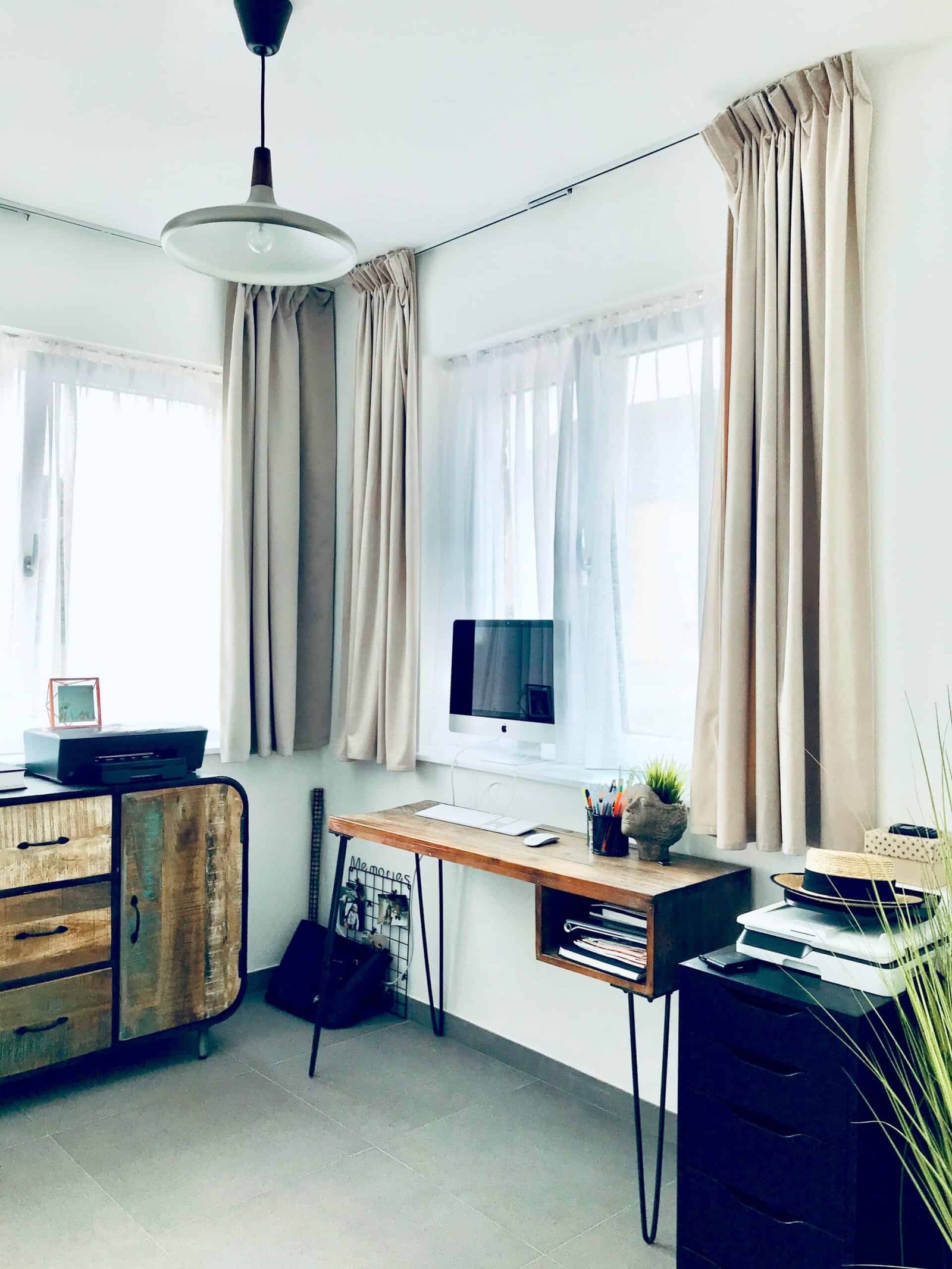
2. Choose the space keenly
While choosing a home office space, mind the window, considering computers and screen glare. Rather than plan your desk behind the door and be distracted every time someone comes in, face it. Remember to choose the space for the office in a place where sockets for your appliances and phones are close by.
3. Choose proper office furniture
The practicality of the office will be determined by the office furniture you have selected. Planning for a comfortable and great work area means considering the size of the space first. You can find space-saving, in-built designs and all types of desks and workstations ideal. There are handy solutions, such as filing cabinets and bookcases, to keep the desk tidy and clutter-free. If you need more storage solutions, consider filing and key cabinets to keep keys and other delicate items safe.
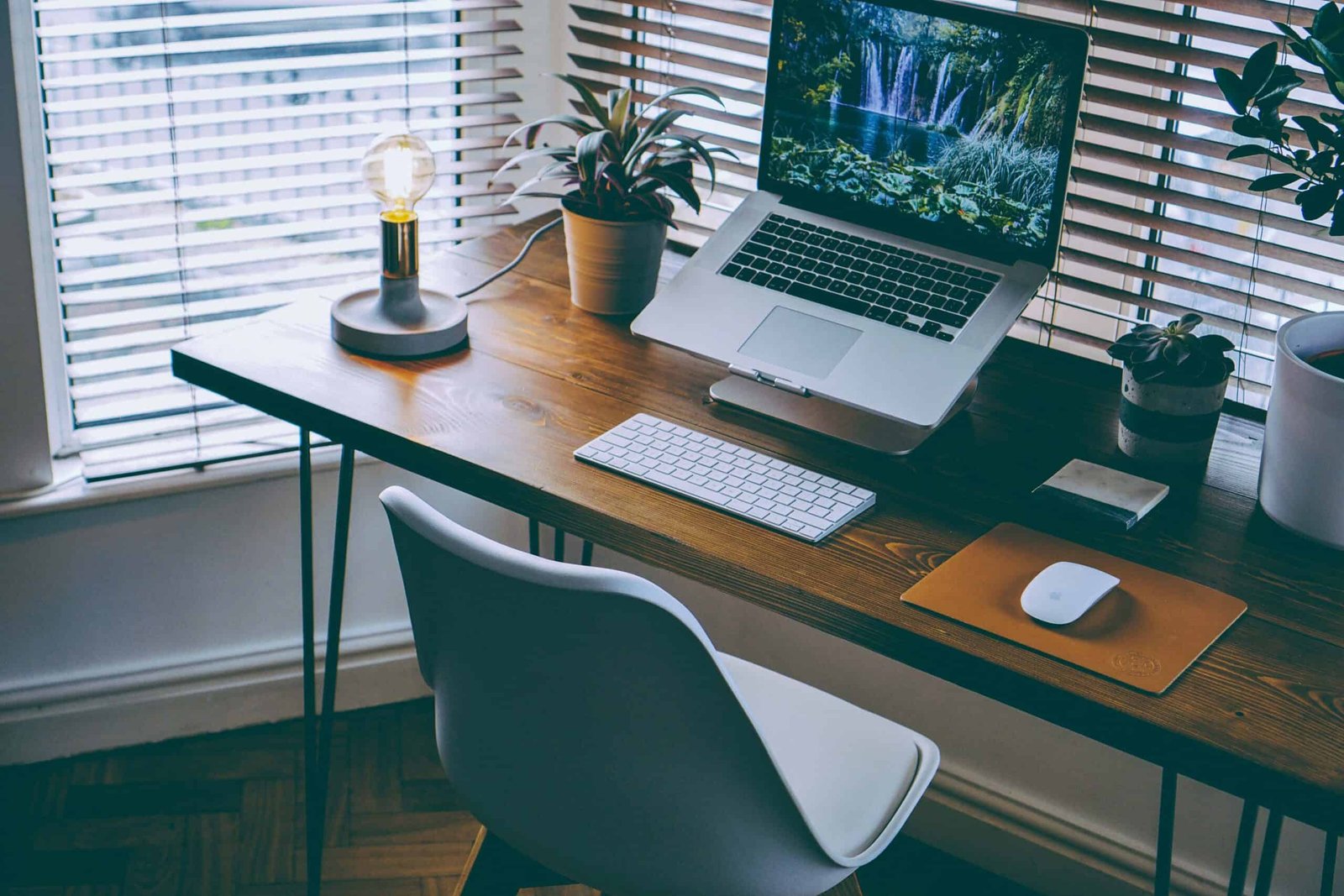
Before buying furniture, remember storage; shelves and work desks must serve you and be practical enough. Tables are essential and come in various shapes and sizes. Remember, office chairs must be comfortable and ergonomically proper to keep your back and posture healthy. Think about your work and the items you need close at hand before you buy office furniture. Rather than create a soulless space at home, find furniture that will complement other areas in the house. This will enable you to buy functional pieces that are also beautiful.
4. Don’t forget the walls
Once the furniture issue has been decided, don’t forget the home office walls. Paint them with an inspiring colour you also like. It should be a shade that gets you cracking, such as a cheery and bright lime green or orange; perhaps a calming colour to keep you going, such as a shade of blue or botanical green.
5. Consider the desk
Just like the chair, the desk is fundamental. It can be built-in, attached to a wall or floating in the office space. Freestanding desks are of diverse sizes, but the idea is to find the most comfortable large desk the room can accommodate. Ponder on the benefits of each, such as a built-in desk offering a larger working surface or placing a desk facing the wall or against the wall, for instance, if you have two desks where both can be placed opposite of one another.
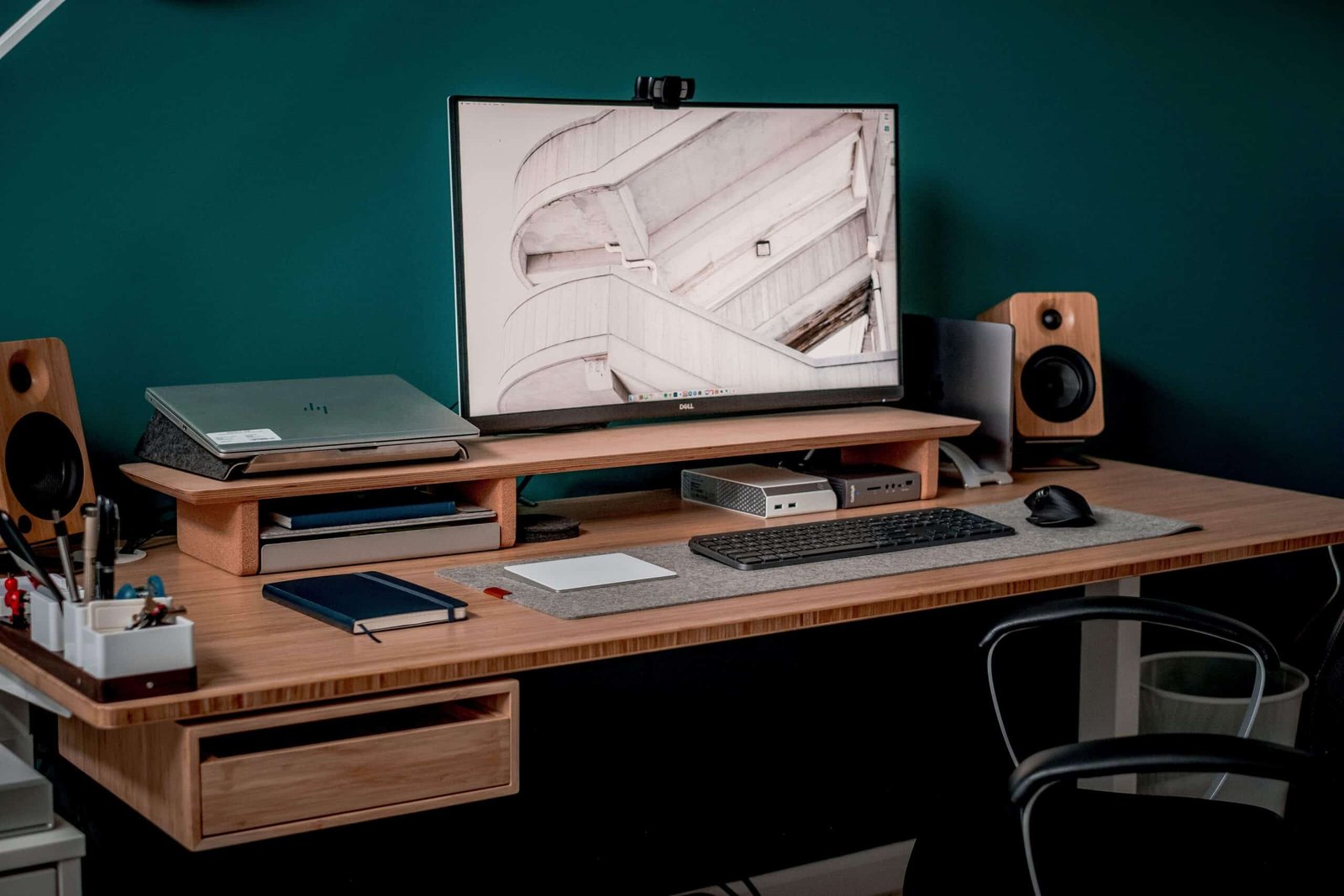
6. Extra seating
With a spacious home office, you might want to add some extra seating to accommodate clients or visitors when they come. An upholstered sofa or a cosy studying/reading area is comfortable for clients.
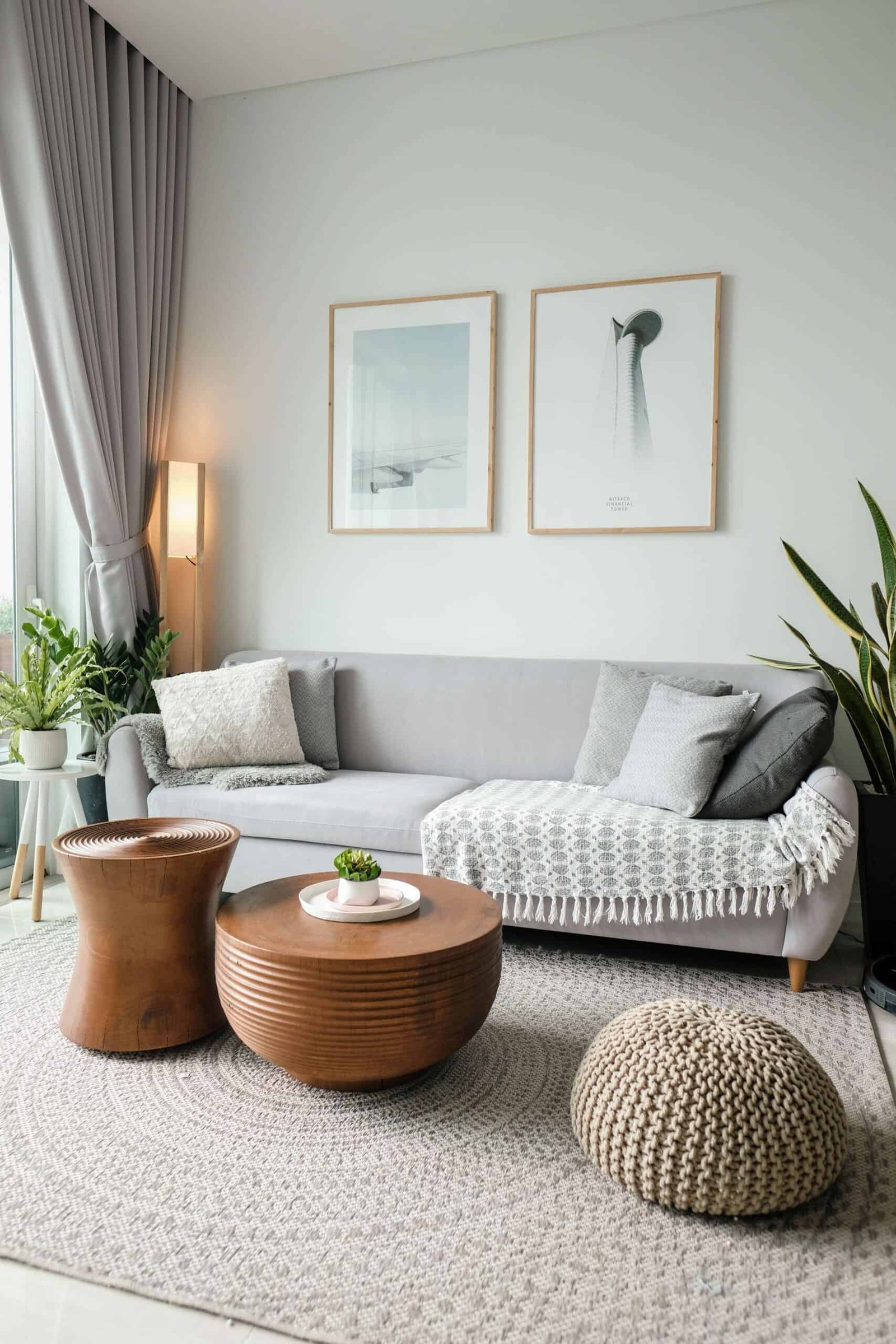
7. Embrace technology
One of the reasons you’re planning a home office and working from home is better technology today; it’ll be sad if you don’t embrace it. This means buying the fastest and most high-quality computer, highly effective copiers and fax machines if needed. It means your new operating systems and top software will always be compatible with your new electronics.
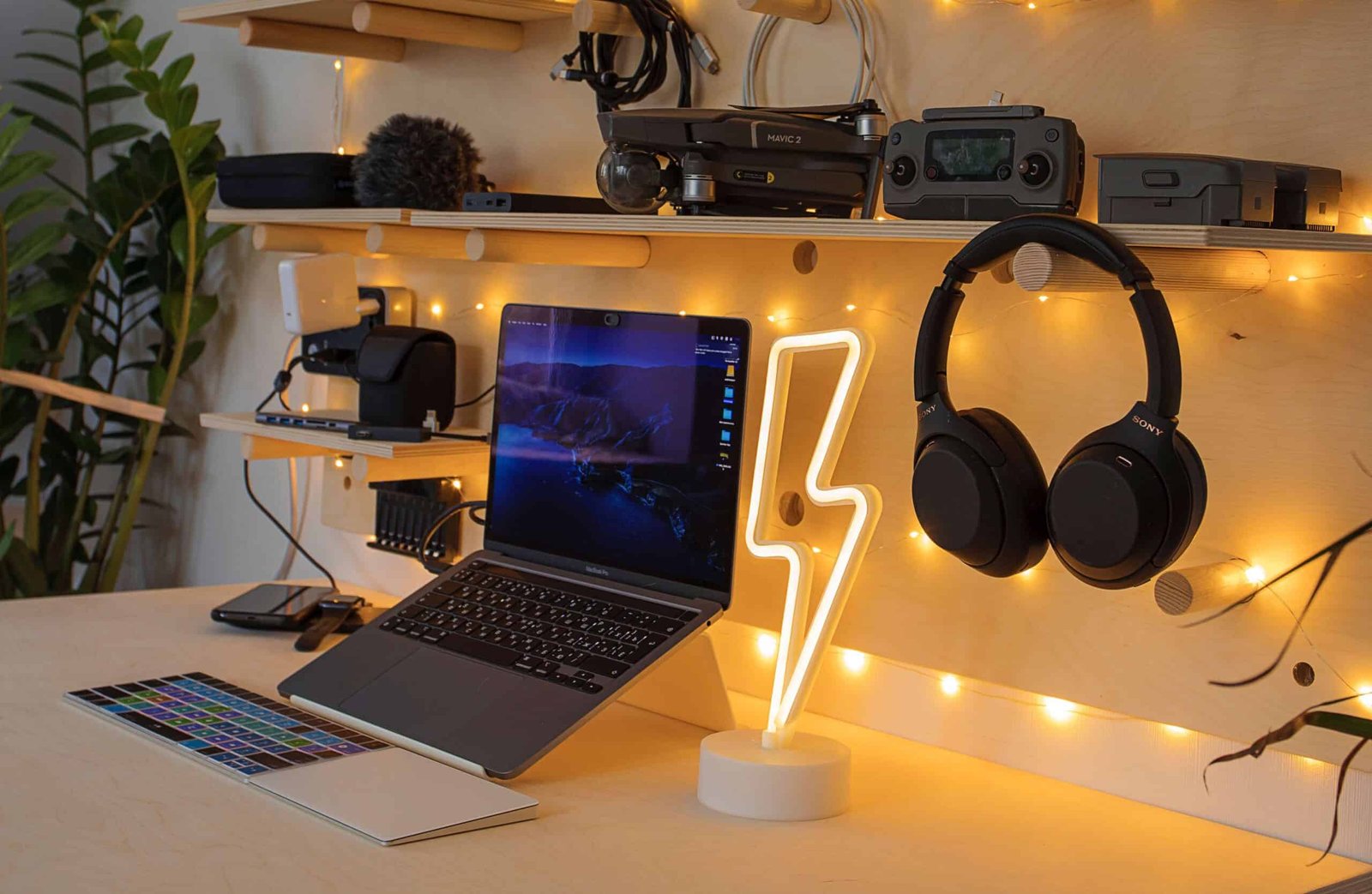
7. Lighting
The design of your home office would be obsolete if the lighting were not done correctly. You can do layer lighting around the workspace from various sources, such as wall sconces, floor lamps and table lamps, for enough ambient lighting to fill the entire room. Avoid direct sunlight that might bring about glare. Task lighting, such as desk lamps, is essential to control the light you need, including the intensity and quality. Above all, seek to make your home office your own with personal preferences and touches.


